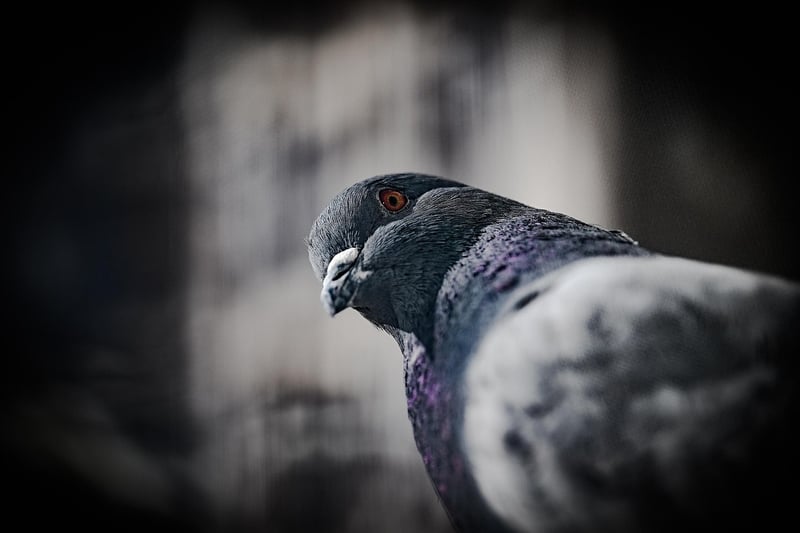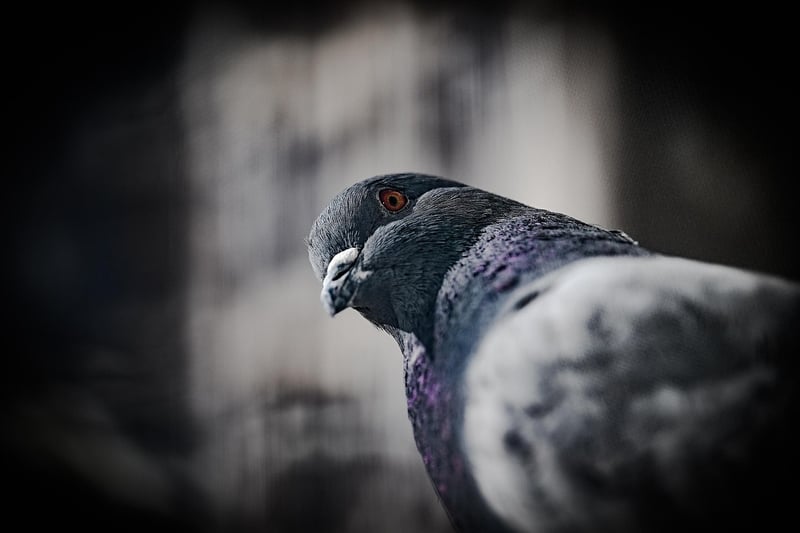Historical Devices
Exploring Historical Communication Devices
Communication has come a long way since ancient times. From smoke signals to smartphones, humans have always found ways to connect with each other over long distances. Let's take a journey through history and explore some fascinating historical communication devices that were used by our ancestors.
1. Smoke Signals
Smoke signals were one of the earliest forms of long-distance communication. Used by indigenous peoples around the world, smoke signals involved creating puffs of smoke using a fire to send messages across vast distances. Different patterns and quantities of smoke were used to convey different messages.

2. Pigeon Post
In ancient times, pigeons were used to carry messages between distant locations. Pigeons have a remarkable ability to find their way home over long distances, making them ideal for delivering messages. This method was widely used for military communication and personal correspondence.

3. Telegraph
The telegraph revolutionized long-distance communication in the 19th century. It used electrical signals to transmit messages over wires from one telegraph station to another. The invention of the telegraph laid the foundation for modern telecommunications systems.

4. Carrier Pigeons
During World Wars I and II, carrier pigeons were again employed for sending messages across enemy lines. These birds played a crucial role in delivering important information in situations where electronic communication was not feasible or secure.

5. Morse Code
Morse code is a method of encoding text characters as sequences of two different signal durations, such as dots and dashes. It was extensively used with telegraphs to transmit messages across telegraph lines. Morse code is still known and used by enthusiasts today.

These historical communication devices played a vital role in connecting people across distances and shaping the way we communicate today. While modern technology has transformed the way we interact, it's essential to remember the ingenuity and creativity of our ancestors in developing innovative ways to communicate.
